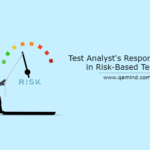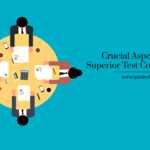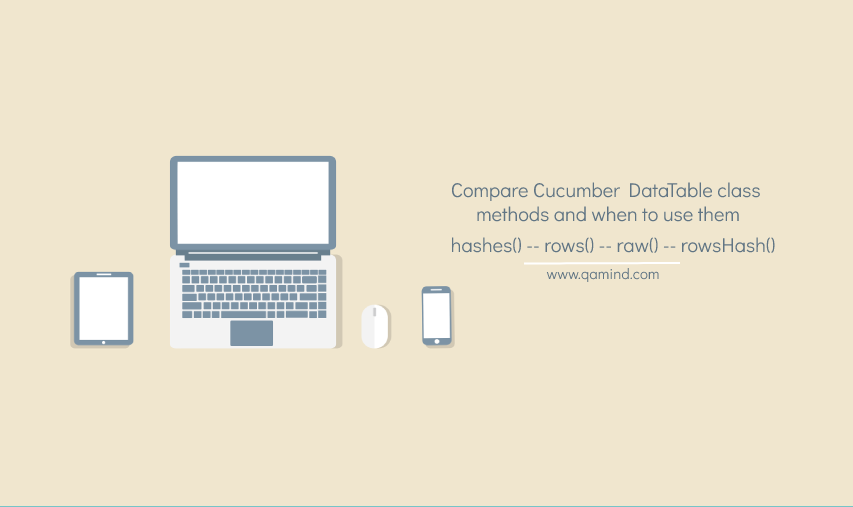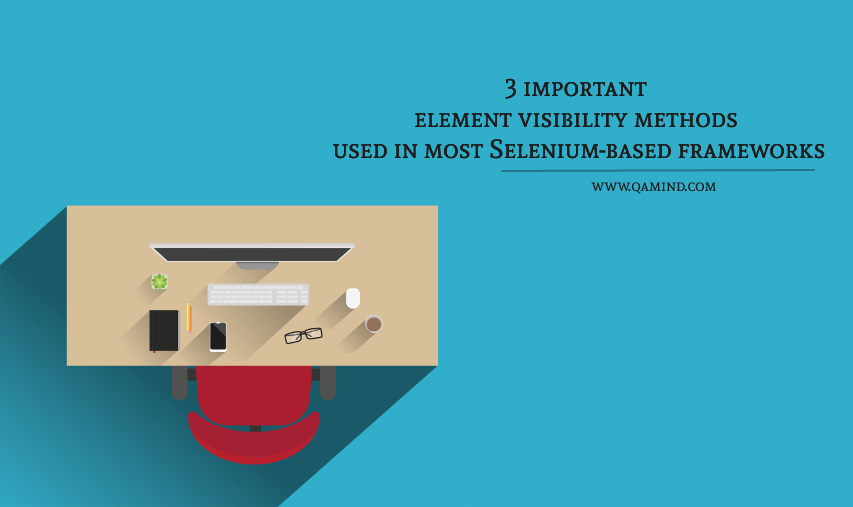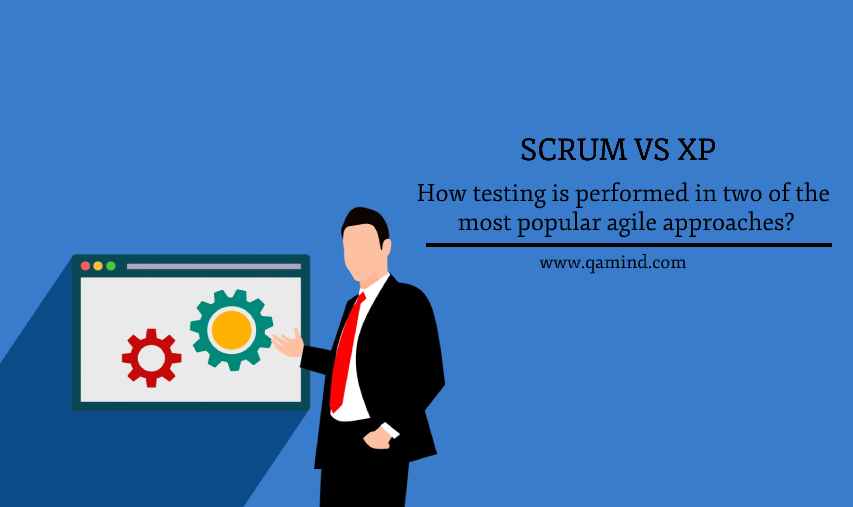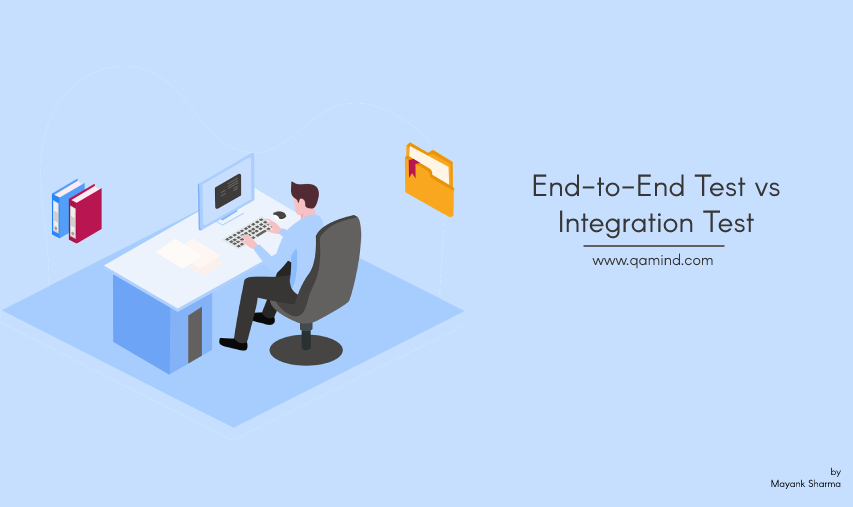
Are you confused about the difference between an end-to-end test and an integration test? Then you’ve come to the right place! In this post, we’ll take a deep dive into understanding what these tests mean and why they are important in software development. We’ll explore their different scopes and capabilities, as well as discuss the advantages and disadvantages of employing each type of testing during the development cycle. By shedding light on these topics, we hope to make it easier for you when deciding which type of testing is best for your project’s needs. So let’s get started!
What is end-to-end testing?
End-to-end testing dives deep into your software, performing a comprehensive check to ensure it functions properly in real-life scenarios. It recreates user behavior and usage patterns while using production data in an equivalent environment, even examining how well the software interacts with external applications. This type of testing offers assurance that everything is working together seamlessly from start to finish.
End-To-End testing is the perfect way to simulate real user applications. It tests business processes from start to finish in a realistic environment, ensuring that the software functions just as it would during ordinary use. Such thoroughness means potential bugs and issues can be identified before they cause any problems for end users – making E2E testing an invaluable automation testing tool for quality assurance teams everywhere!
What is Integration Testing?
A software project is like a complex jigsaw puzzle. Each piece, designed by different developers, needs to be carefully arranged and tested together in order for the masterpiece to take shape! Integration testing ensures that all of these pieces fit correctly before they are presented as one harmonious whole.
Integration testing serves to identify integration issues between components of an application. Its purpose is to expose any flaws in how modules work together, and prevent unexpected results when software comes together as a cohesive whole. Unlike end-to-end testing, integration tests focus on the communication between modules or components in an application.
Differences
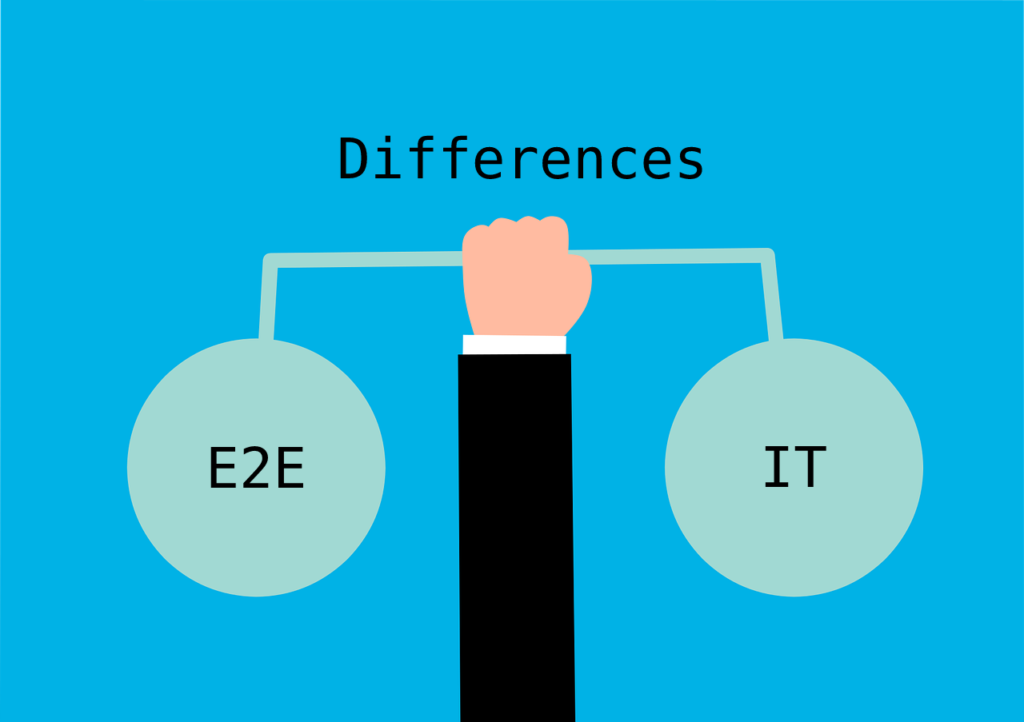
Knowing the differences between various testing methods can be essential when it comes to budgeting and ensuring your application is up to par. There are two types of tests situated higher in the agile pyramid than unit or component testing, each with its own set of advantages and disadvantages that you’ll need to consider case by case – which ultimately means being informed beforehand will go a long way!
| End-to-End Testing | Integration Testing |
| As the final touch, end-to-end testing is done to ensure a smooth launch of your product. | Early integration testing helps prevent bugs from wreaking havoc later down the development cycle, catching them while they are still small and easy to fix. |
| Compared to integration testing, tests run at a snail’s pace – making them less efficient and effective. | No more waiting around – running tests is now quicker than ever, making end-to-end testing a thing of the past! |
| This user experience trial aims to evaluate the whole process from beginning to end, ensuring an enjoyable journey along the way. | This experiment explores the dynamics between external systems and internal modules, evaluating their individual compatibility through a series of trials. |
| A versatile tool that can carry out single, comprehensive tasks or complex operations involving multiple programs. | They have put it to the test with a third-party process to ensure the software works seamlessly. |
| Completing this task may seem unattainable, but when the product is near completion it will be within reach. | With seamless integration with daily builds and hassle-free testing in the development environment, creating your ideal product has never been easier! |
Which Test do You Need?
While it may seem like the debate is between end-to-end and integration testing, a more effective approach could be to combine both techniques.
Testing plays an integral role in software development, helping to ensure the quality and accuracy of code. Through a range of techniques, testing seeks to reveal any gaps between expected outcomes and actual execution results – creating systems that are both reliable and dependable.
By combining their complementary features, these powerful tools can give you the ultimate confidence in your software’s performance. Only then can you deliver a product that exceeds customer expectations!
FAQs on End-to-End Test vs Integration Test
Q: What is the difference between an End-to-End Test and an Integration test?
A: End-to-end testing is a comprehensive method of testing that examines how the software performs in real-life scenarios. It simulates user behavior and usage patterns, examining how well the software interacts with external applications. Integration Testing, on the other hand, focuses on how different components work together, assessing their compatibility and potential for integration issues.
Q: Which one should I use?
A: The answer to this depends on your project. If you are developing complex systems with multiple dependencies, then both tests should be employed. Integration Testing is a great way of ensuring that the inner workings between components are sound, while End-to-End Testing can provide you with the assurance that the user experience is up to scratch.
Q: Are there any other types of tests I should consider? A: Yes, there are many different methods available for testing software. Unit Testing examines individual parts of a program in isolation, examining their accuracy with a set of predetermined parameters. Stress Testing also plays an important role, as it tests how systems respond to abnormal load conditions and simulates traffic spikes.
Final Words
Testing is a fundamental component of software development, and the success or failure of your project may rest on its effective implementation. By understanding the differences between End-to-End Testing and Integration Testing, you can make an informed decision as to which test will best suit your needs. With both techniques working in conjunction, you can ensure that all aspects of your system are tested and ready for deployment.
So what are you waiting for? Get testing today!
Author BIO
In 2019, Mayank Sharma took up the post of Sr. Test engineer at Devstringx. As a Sr. test engineer, Mayank provides a range of independent software testing services including test automation, functional testing, regression testing, etc. Apart from that he has great command of testing tools like Selenium, Katalon, Appium, etc. He loves to keep himself updated on the latest technologies. He loves to read blogs based on his experience he shared his knowledge through his blogs.


